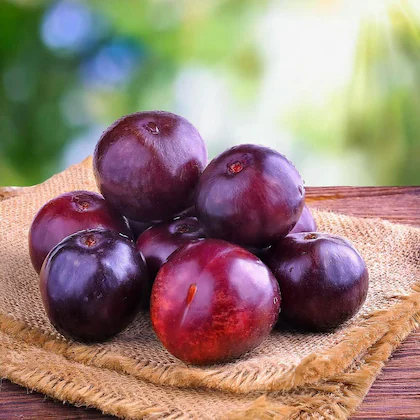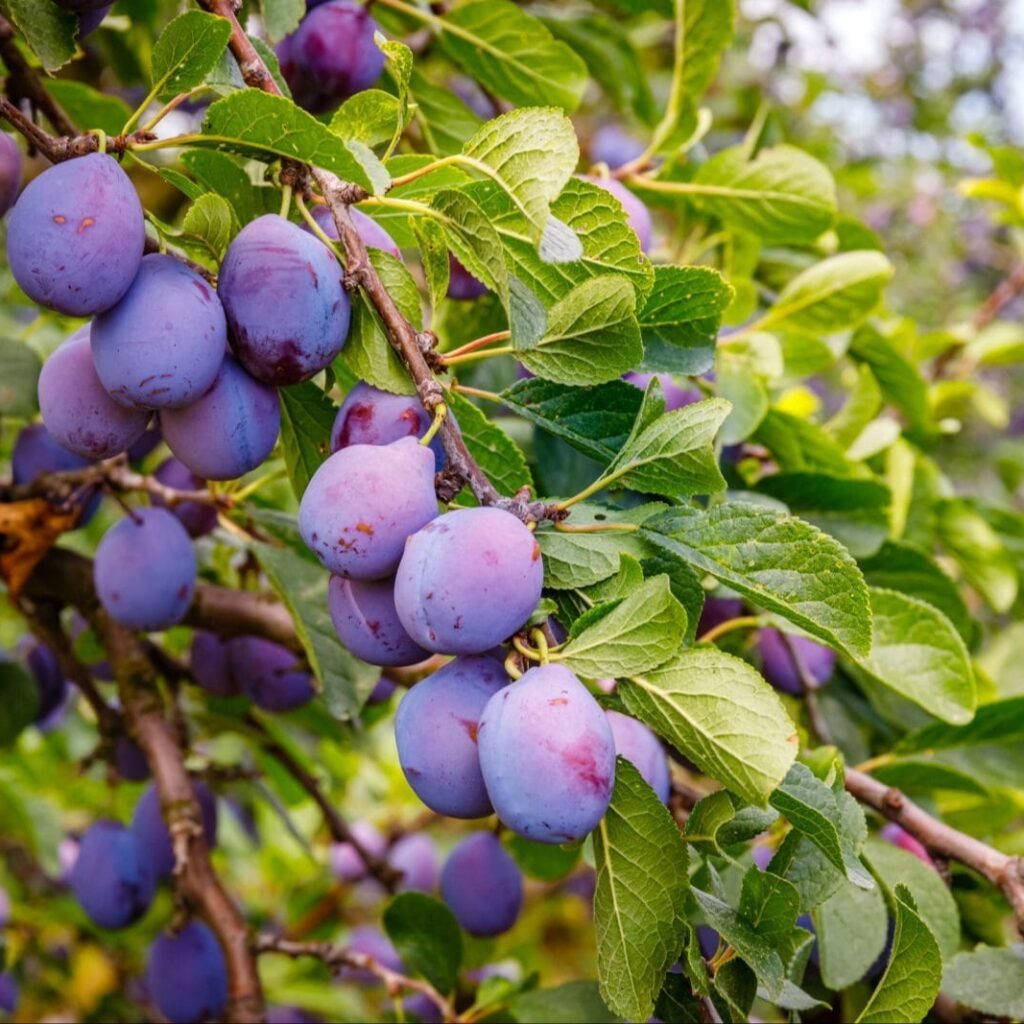Plums are among the most cherished stone fruits worldwide, celebrated for their sweet, juicy flesh and tangy flavor. Whether enjoyed fresh, dried as prunes, or cooked into jams, jellies, and desserts, plums are a staple in countless kitchens and cultures. Beyond their taste, plums are also packed with vitamins C, K, fiber, and antioxidants, making them a popular choice for health-conscious consumers.
While plums are cultivated in numerous countries across temperate and subtropical climates, one country stands far ahead as the world’s largest producer. In this article, we’ll uncover which country holds this title, explore other major contributors, and learn fascinating facts about the global plum industry.
The Origin and Global Spread of Plums

The history of plums stretches back thousands of years. It’s believed that plums were first domesticated in regions of China, Europe, and the Caucasus Mountains. Over time, trade and migration introduced plums to the Middle East, the Mediterranean, and eventually to the Americas.
Today, plums thrive in a variety of climates, from warm temperate regions to cool mountain slopes, making them one of the most widely adaptable fruit crops. There are more than 2,000 known varieties of plums, each with its own color, shape, and flavor profile, ranging from the golden-hued Mirabelle to the dark, dusky Black Beauty.
Global Plum Production: An Industry Snapshot
The global plum market is substantial, with over 12 million metric tons produced annually. Plums are used for fresh consumption, dried into prunes, and processed into juices, jams, and preserves. While dozens of countries grow plums commercially, only a few account for the majority of the world’s production.
Leading this group is a country that has made plum cultivation an art form.
China: The Undisputed Plum Champion

China is the largest plum producer in the world by an overwhelming margin. The country’s vast agricultural landscapes, ancient horticultural knowledge, and ideal growing conditions have positioned it as the global leader in plum production.
Why China Leads:
- Optimal Climate: China’s temperate and subtropical regions, especially provinces like Sichuan, Hubei, and Shaanxi, offer perfect conditions for plum orchards.
- Rich History: Plums have been cultivated in China for over 2,000 years, with a deep cultural significance in art, literature, and cuisine.
- Massive Domestic Market: With a population of over 1.4 billion, there’s a huge internal demand for fresh and processed plums.
- Diverse Varieties: China grows a wide array of plum types, from sweet yellow-fleshed plums to tart red and purple varieties.
Production Numbers:
China produces approximately 6.5 to 7 million metric tons of plums annually, accounting for more than 50% of global production. This staggering figure cements China’s position as the plum capital of the world.
Romania: Europe’s Leading Plum Producer
Romania ranks as the second-largest plum producer in the world and the largest in Europe. Despite its relatively modest size compared to China, Romania’s fertile plains and favorable climate make it an ideal region for plum cultivation.
Key Growing Regions:
- Argeș, Buzău, Dâmbovița, and Prahova counties are known for their sprawling plum orchards.
Industry Highlights:
- Strong Domestic Consumption: Romanians have a long tradition of using plums in fresh and dried forms, as well as in jams and pastries.
- Famous for Plum Brandy: Romania is renowned for Țuică, a traditional brandy made from fermented plums.
Romania produces around 800,000 to 900,000 metric tons of plums annually, with a substantial portion used for local consumption and brandy production.
Serbia: The Balkan Plum Powerhouse

Serbia is another major plum producer globally and a significant exporter.
Key Growing Regions:
- The regions of Šumadija, Valjevo, and Zlatibor are particularly well known for their plum orchards.
Industry Insights:
- Traditional Uses: Plums are central to Serbian cuisine, especially in making Slivovitz, a famous Serbian plum brandy.
- Processed Products: Besides brandy, Serbia exports large quantities of dried plums (prunes) to international markets.
Serbia produces approximately 500,000 to 600,000 metric tons of plums annually.
India: A Rising Producer in Asia
India is a significant plum producer, particularly in the cooler regions of northern India.
Key Cultivation Areas:
- The states of Jammu & Kashmir, Himachal Pradesh, and Uttarakhand are the primary centers for plum cultivation.
Market Highlights:
- Domestic Market: Plums are popular in India’s hill states and urban markets during the summer.
- Seasonal Fruit: Indian plums are harvested between May and July and consumed mostly fresh.
India produces around 300,000 to 400,000 metric tons of plums annually.
United States: The Western Hemisphere’s Leading Producer

The United States, especially California, plays a key role in the global plum market.
Key Growing Regions:
- California’s San Joaquin Valley is the heart of American plum production.
Industry Strengths:
- Dual Focus: U.S. growers produce plums for both the fresh market and for drying into prunes.
- Export Markets: American plums and prunes are exported worldwide, with major markets in Europe, Canada, and Japan.
The U.S. produces about 250,000 to 300,000 metric tons of plums annually.
Global Plum Market Trends
The global plum market is influenced by changing consumer preferences, climate conditions, and international trade dynamics.
Current Trends:
- Health Consciousness: Growing awareness of the health benefits of plums and prunes is driving increased consumption globally.
- Demand for Natural Sweeteners: As consumers seek alternatives to refined sugars, prunes and plum-based snacks are gaining popularity.
- Expansion of Export Markets: Countries like China, Serbia, and the U.S. are expanding their export reach to meet rising international demand.
- Artisan Spirits and Brandy: Traditional plum brandies and liquors are experiencing a revival in Europe and North America.
Conclusion: China’s Plum Reign Continues

To sum it up, China is by far the largest plum producer in the world, contributing more than half of global production. Its ancient agricultural traditions, ideal growing conditions, and enormous domestic demand ensure its continued dominance in the plum market.
Close behind are Romania, Serbia, India, and the United States, each contributing uniquely to global plum production, whether through fresh market supply, traditional brandies, or dried prunes.
As health trends, culinary creativity, and global trade continue to boost demand for this versatile fruit, the future of plum cultivation looks bright — with China firmly holding onto its title as the world’s plum king.





